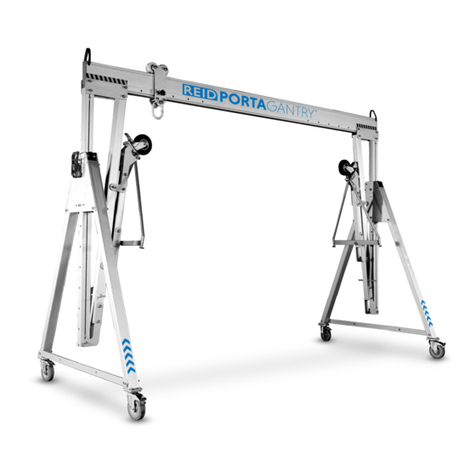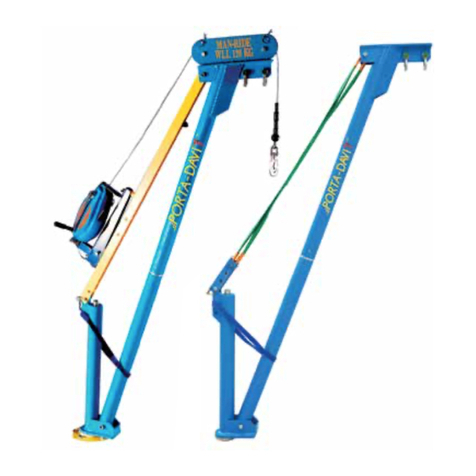REID LIFTING T-DAVIT Series Installation instructions
Other REID LIFTING Lifting System manuals
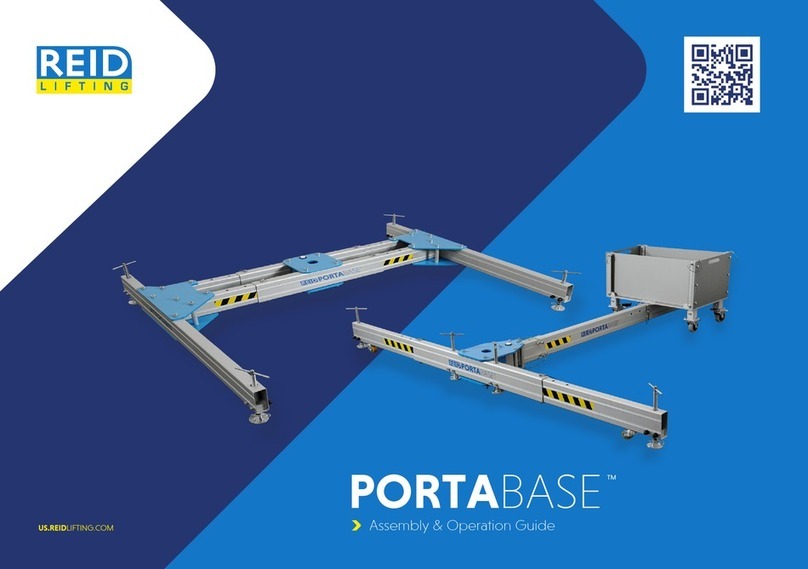
REID LIFTING
REID LIFTING PORTA-BASE Installation instructions
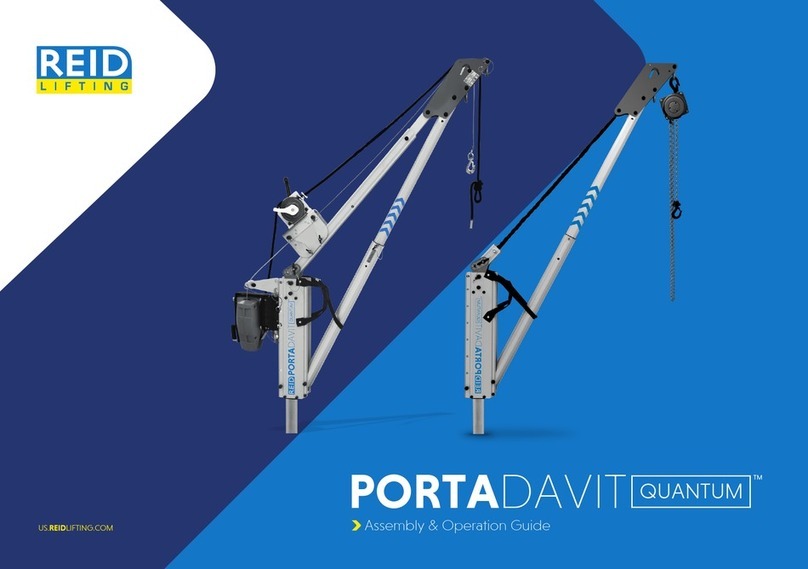
REID LIFTING
REID LIFTING PORTADAVIT QUANTUM Installation instructions
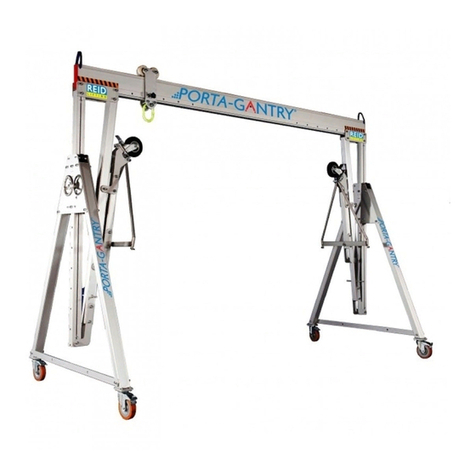
REID LIFTING
REID LIFTING PORTA-GANTRY 5000 Installation instructions
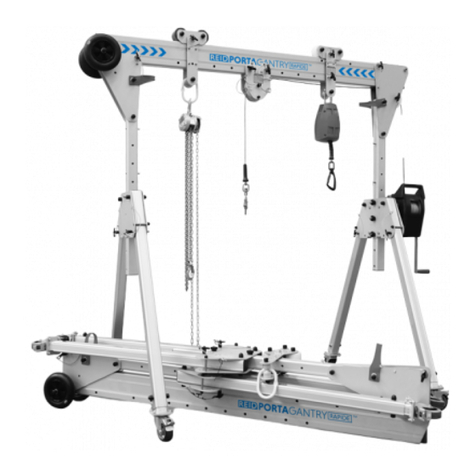
REID LIFTING
REID LIFTING PGRS20 Installation instructions
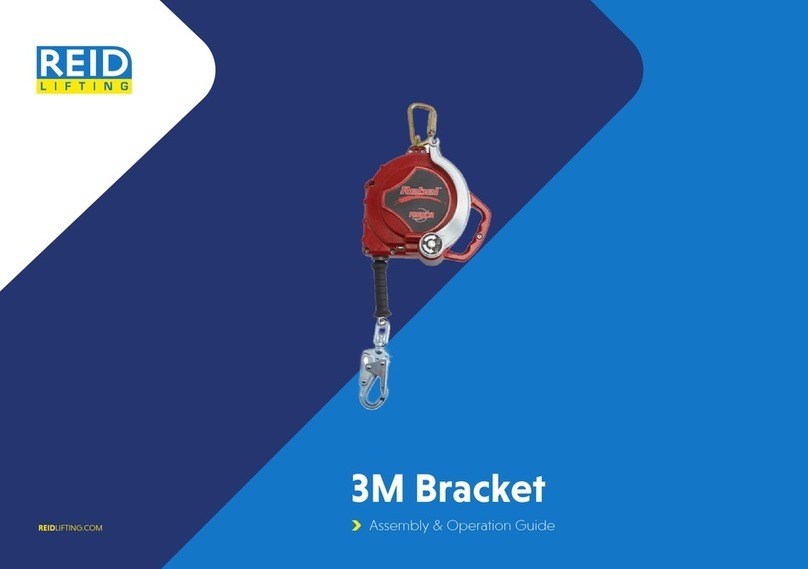
REID LIFTING
REID LIFTING 3M Bracket Installation instructions
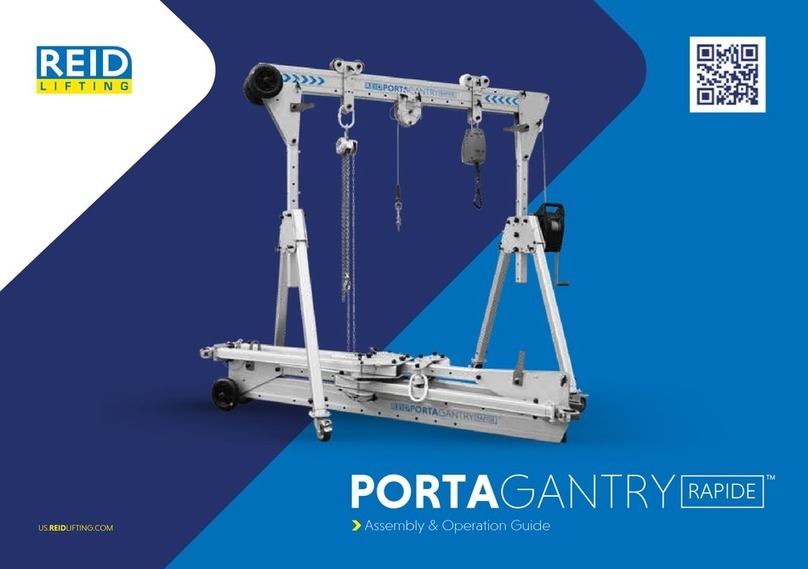
REID LIFTING
REID LIFTING PORTAGANTRY RAPIDE US-PGRS20 Installation instructions

REID LIFTING
REID LIFTING PORTADAVIT QUANTUM PDQ 1 Installation instructions

REID LIFTING
REID LIFTING PORTA GANTRY Installation instructions
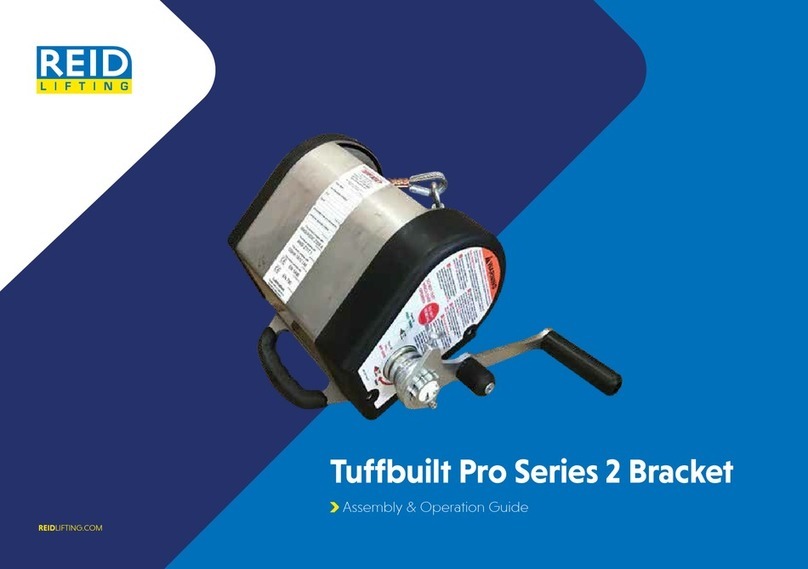
REID LIFTING
REID LIFTING Tuffbuilt Pro Series Installation instructions
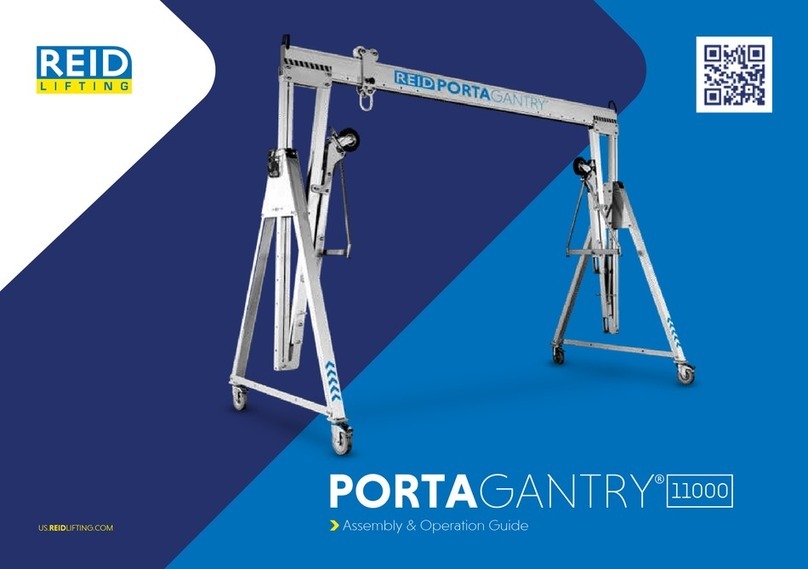
REID LIFTING
REID LIFTING PORTAGANTRY 11000 Installation instructions
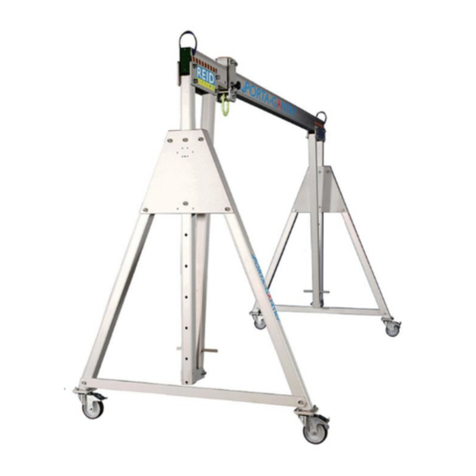
REID LIFTING
REID LIFTING porta-gantry 500 Supplement
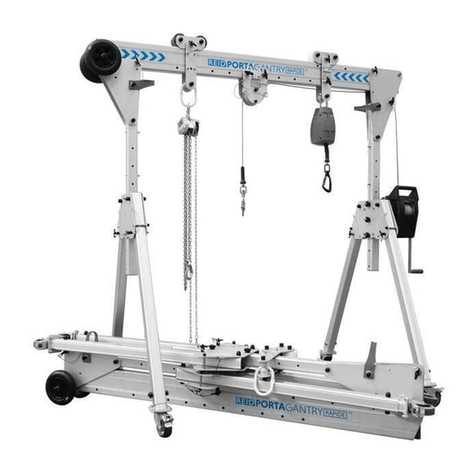
REID LIFTING
REID LIFTING PORTA GANTRY 1100 Installation instructions

REID LIFTING
REID LIFTING PGRS20 Installation instructions
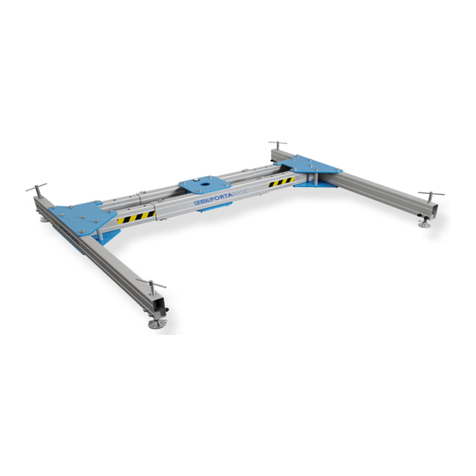
REID LIFTING
REID LIFTING PORTABASE PBHB00001 Installation instructions
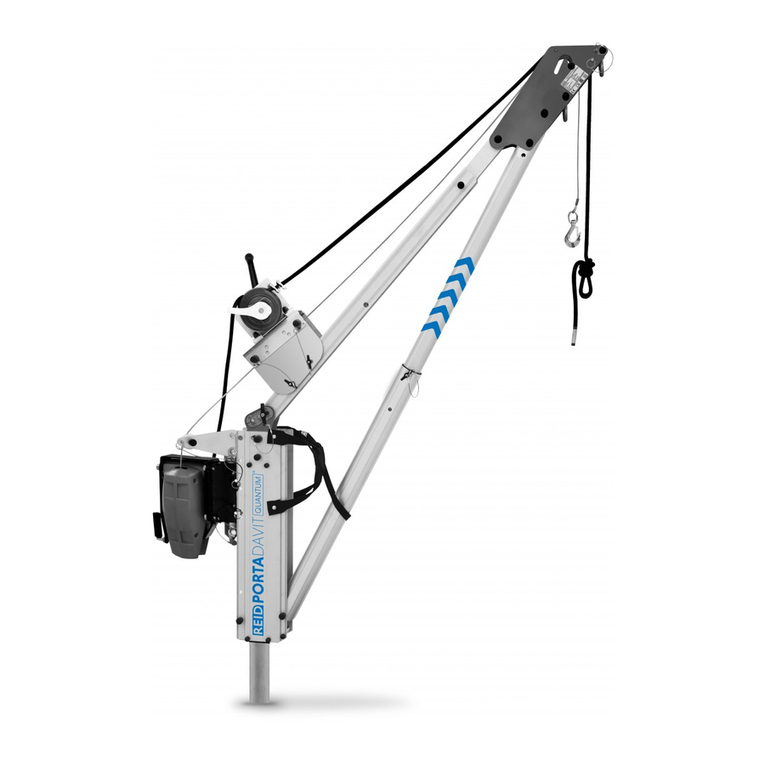
REID LIFTING
REID LIFTING PORTADAVIT QUANTUM Installation instructions
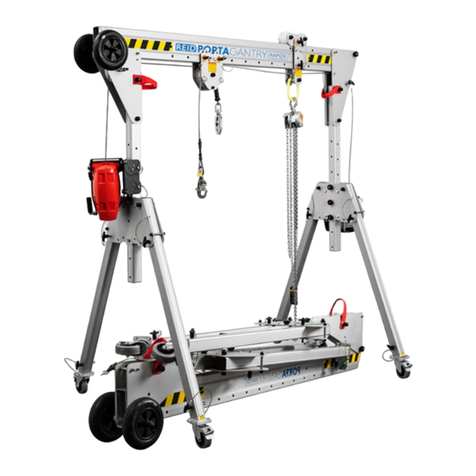
REID LIFTING
REID LIFTING PGRS20 Installation instructions

REID LIFTING
REID LIFTING PORTA-GANTRY 500-3000 Installation instructions
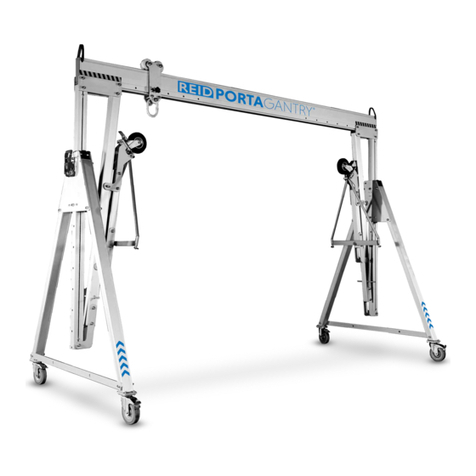
REID LIFTING
REID LIFTING PORTAGANTRY 11000 Installation instructions
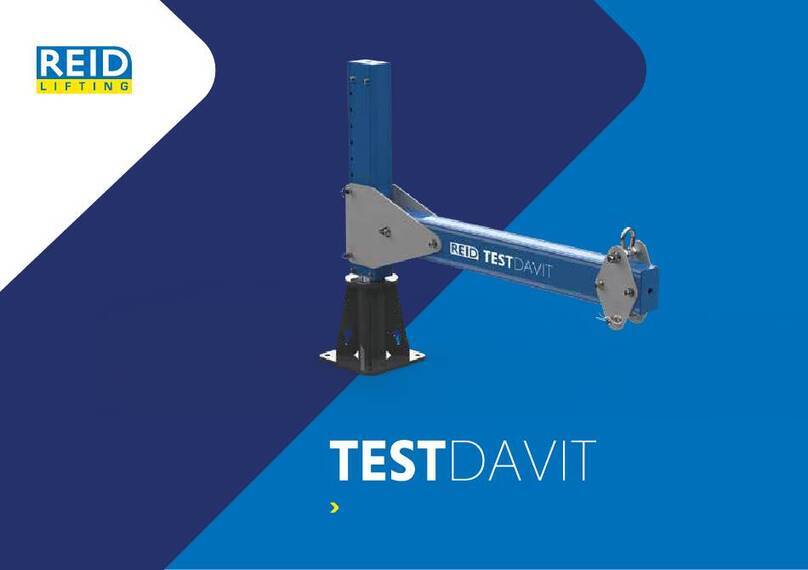
REID LIFTING
REID LIFTING TESTDAVIT Installation instructions
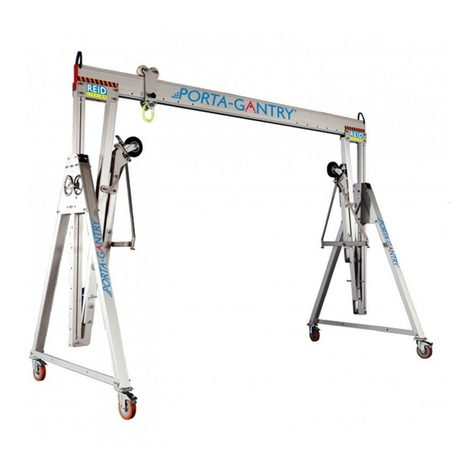
REID LIFTING
REID LIFTING PORTA GANTRY Series Installation instructions
Popular Lifting System manuals by other brands

probst
probst SDH-H-15 operating instructions

Bruno
Bruno OUTDOOR ELITE CRE-2110E Operator's manual

matev
matev FPS Mounting Assembly Installation Guide

Vestil
Vestil CYL-HLT Series instruction manual

Butts Tools
Butts Tools BXS0002 operating instructions

Safelift
Safelift MoveAround MA60 Original instructions

R. Beck Maschinenbau
R. Beck Maschinenbau HS 600 operating manual

Nova Technology International, LLC
Nova Technology International, LLC NAS Series quick start guide

Genie
Genie Z-60/34 Operator's manual

Screen Technics
Screen Technics INTERFIT Vertical Up Lift instructions

Drive
Drive DUPONT SAMERY Hermes user manual

Custom Equipment
Custom Equipment Hy-Brid 3 Series MAINTENANCE & TROUBLESHOOTING MANUAL
